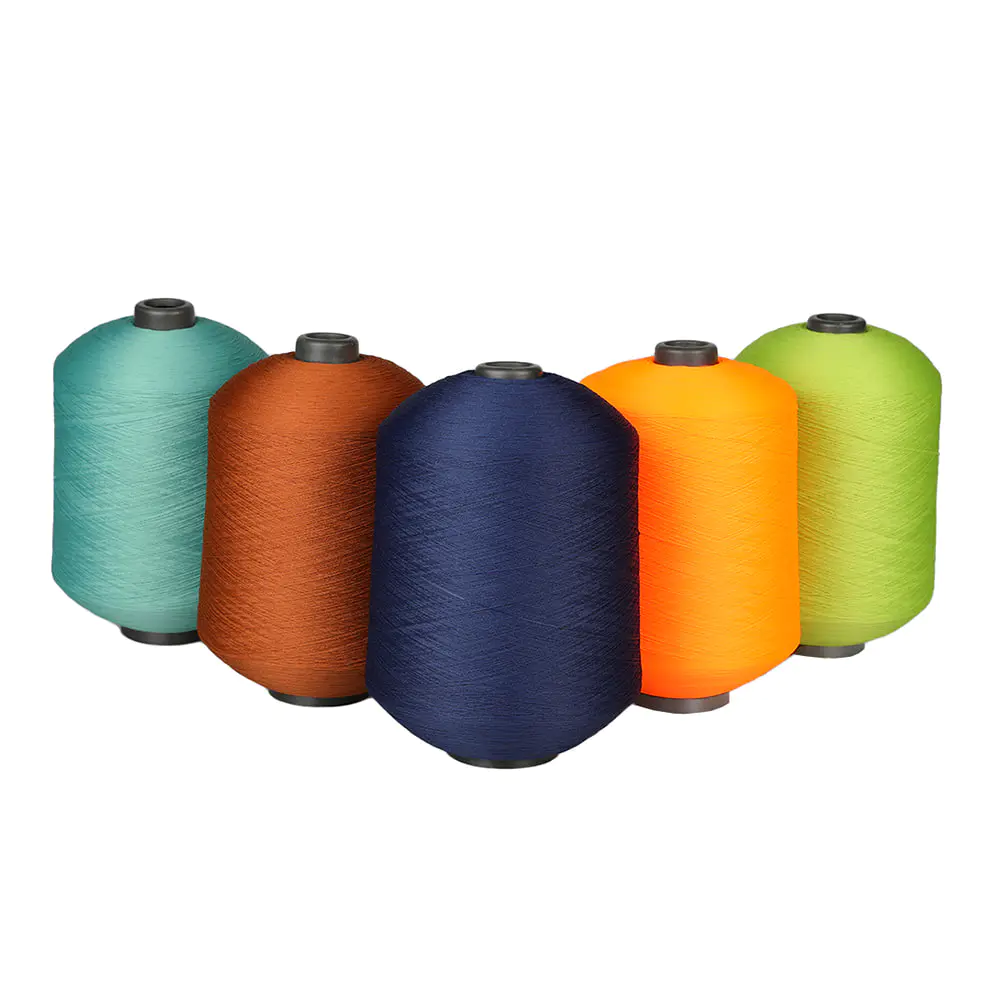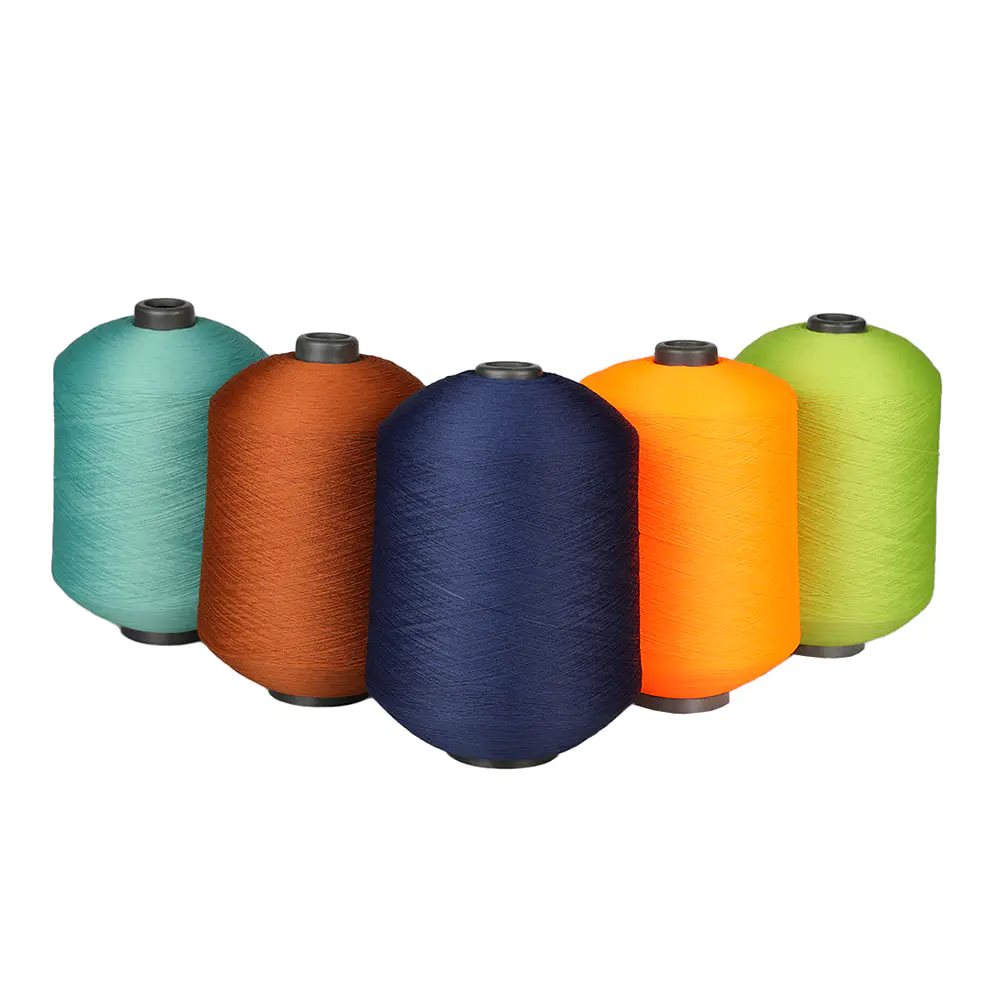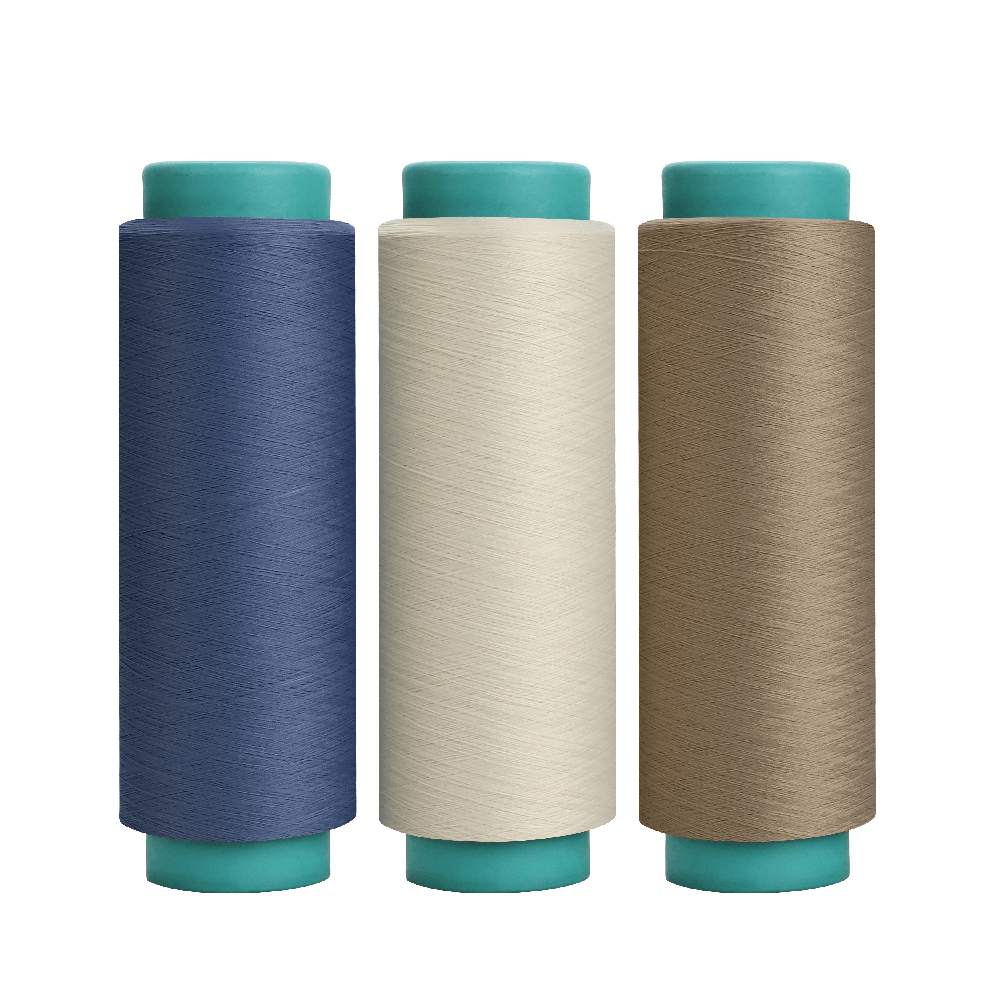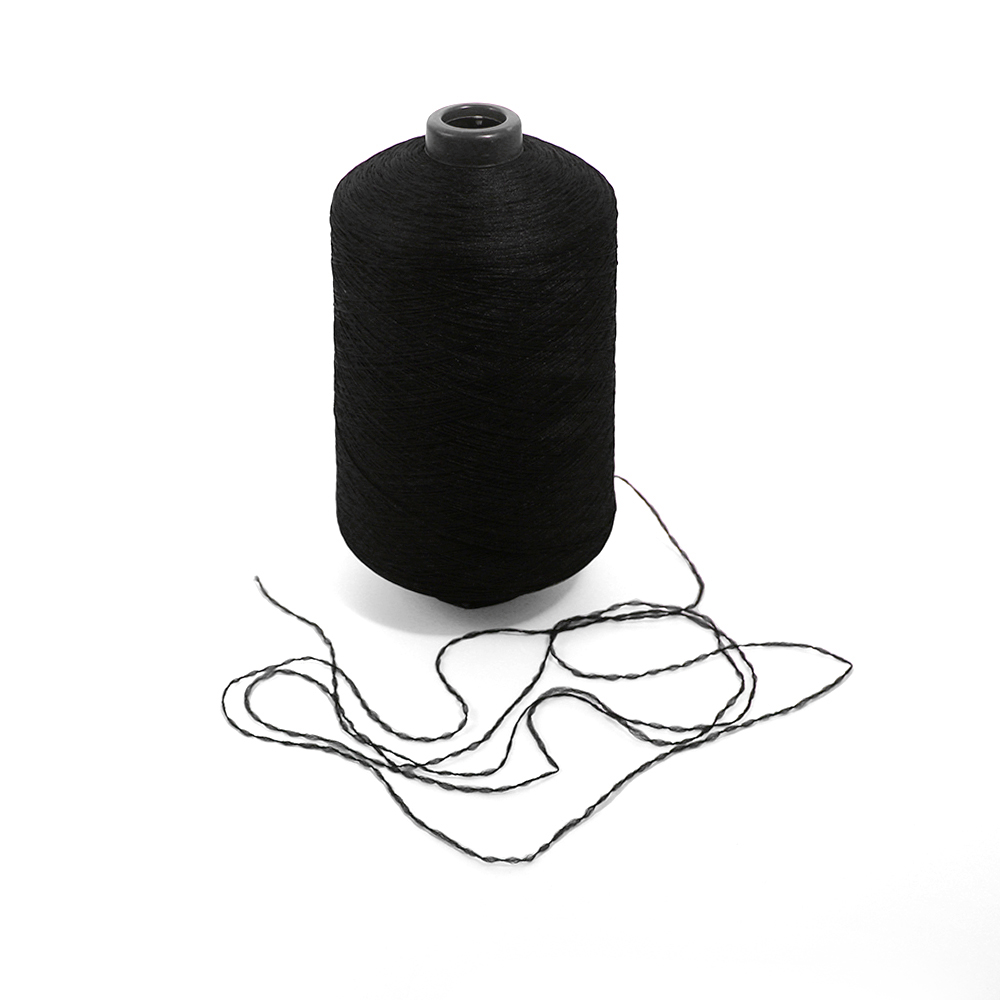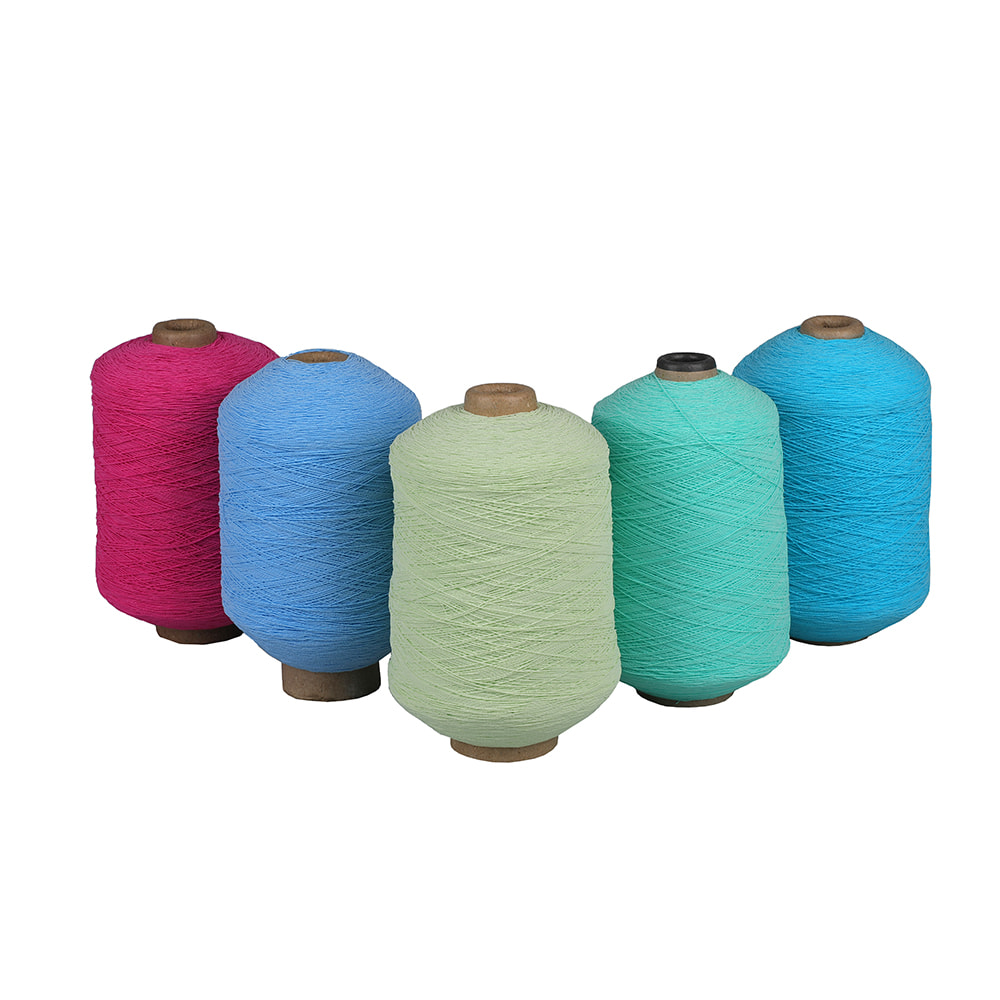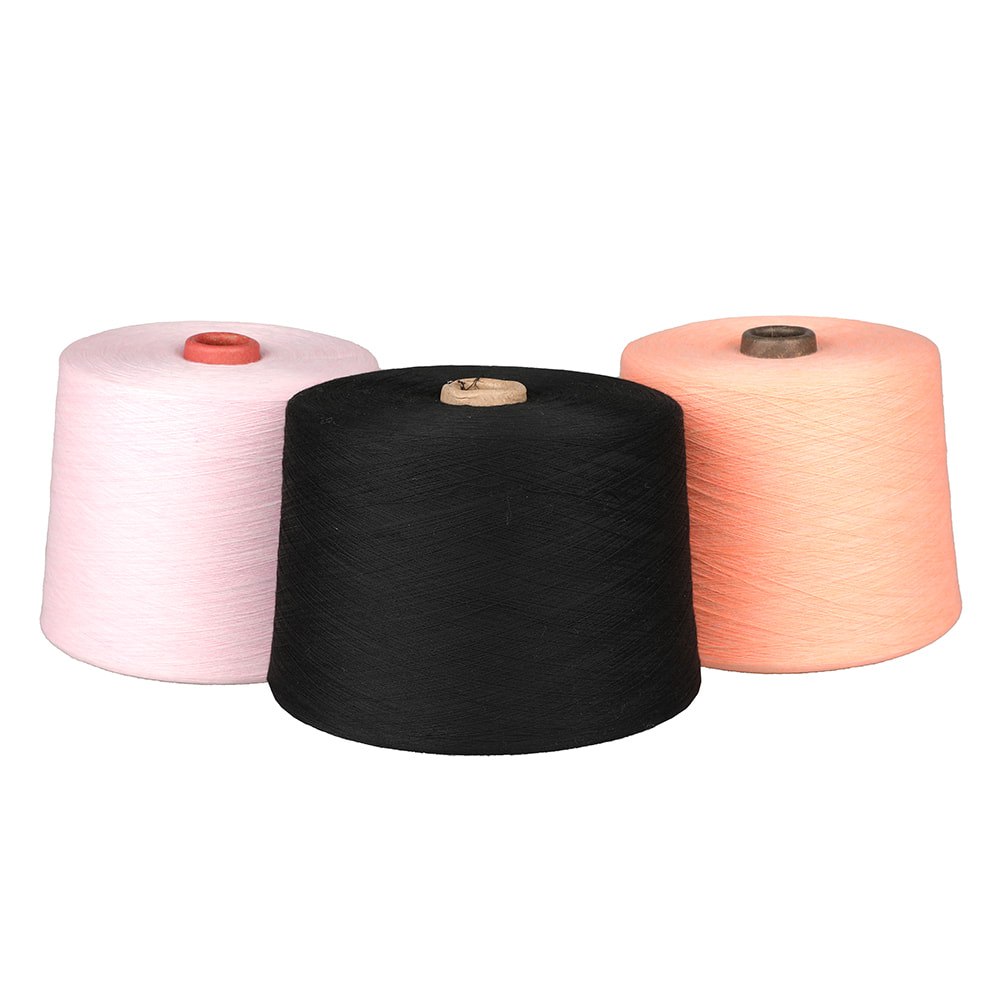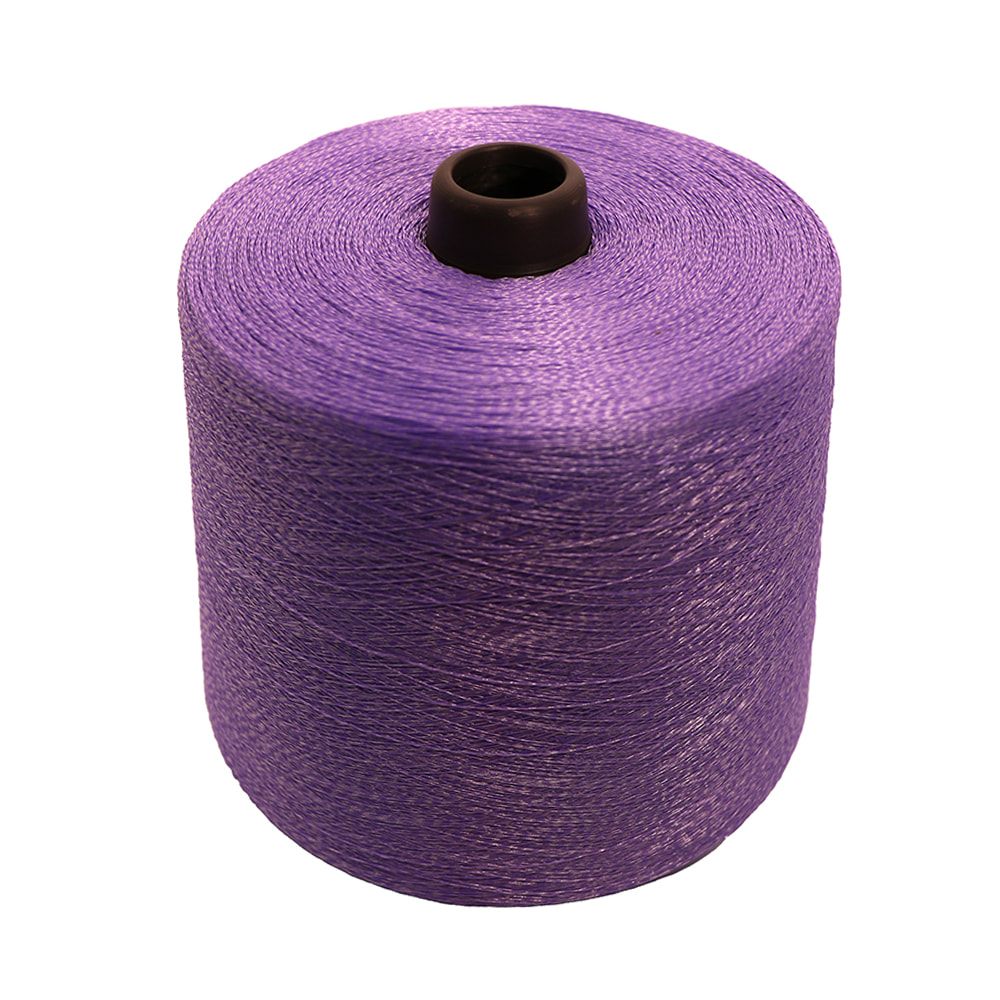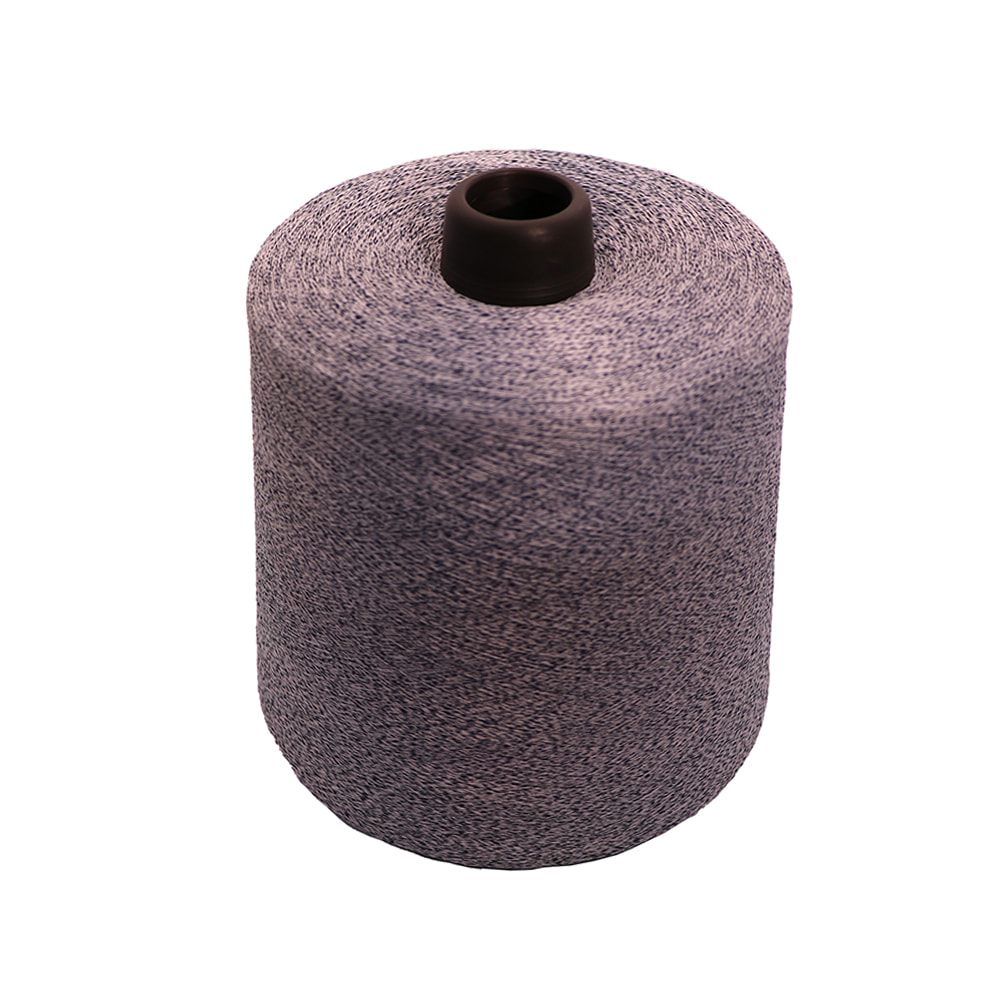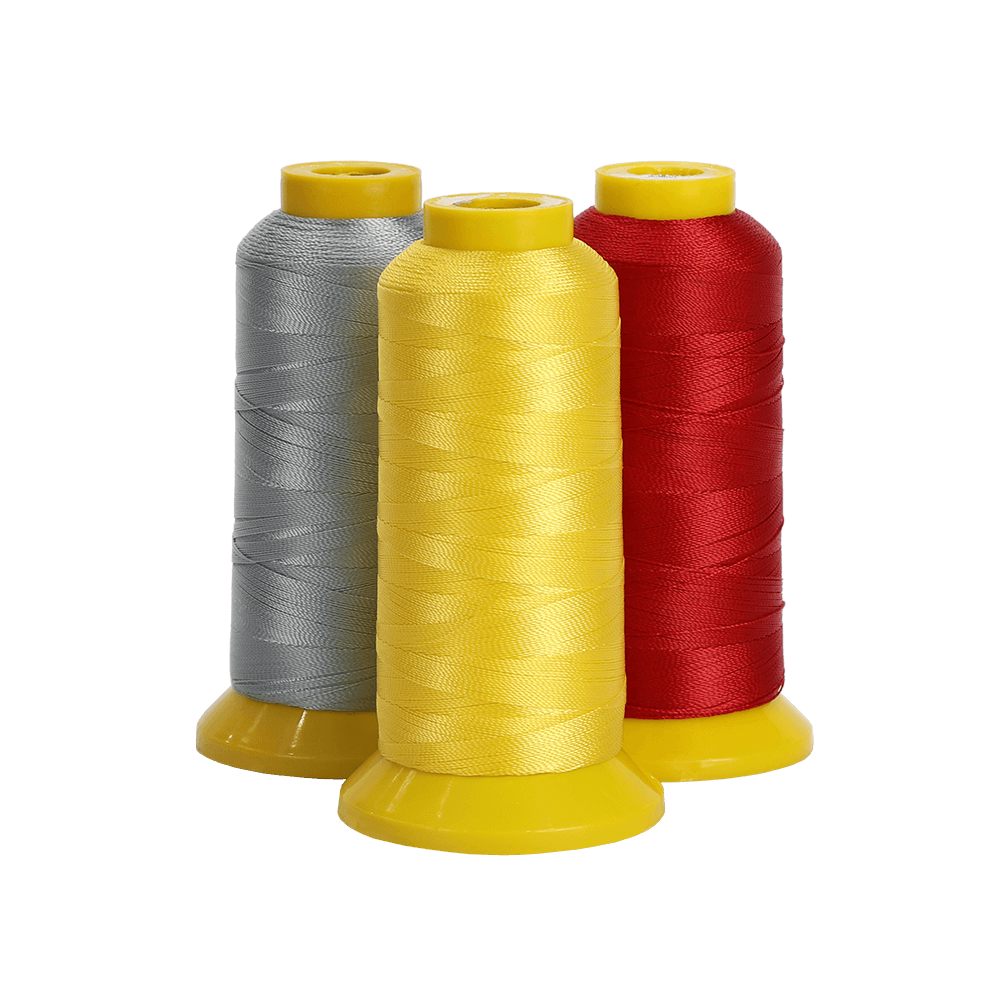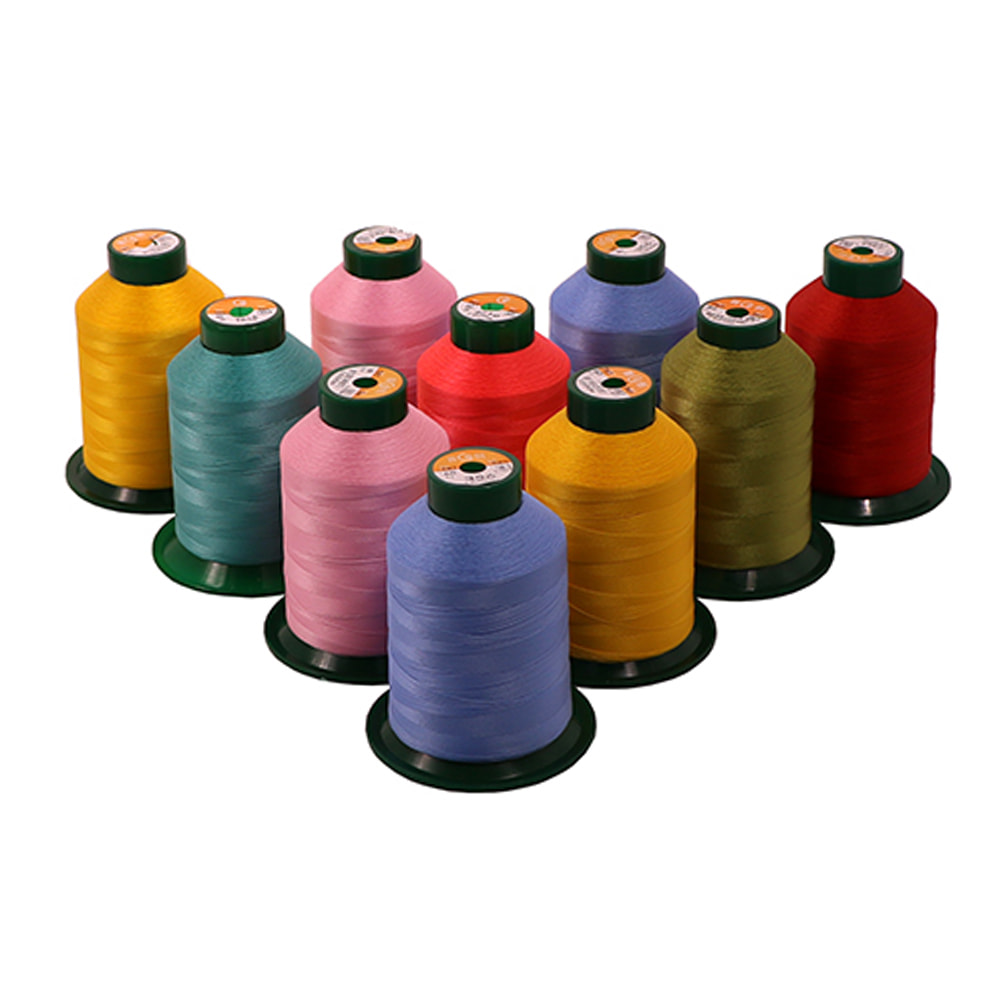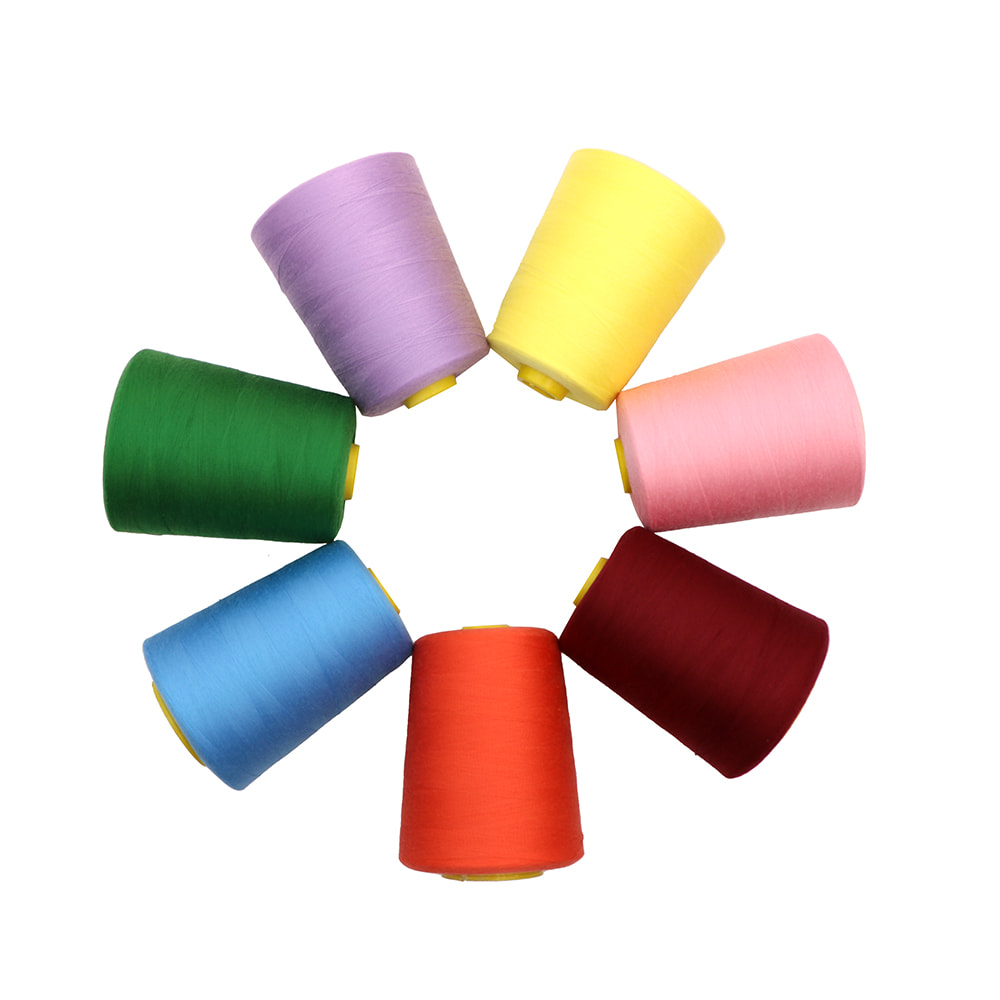The core component of Colored Polyester Covered Yarn is polyester fiber, which stands out among many fiber materials with its excellent light resistance and has become an indispensable raw material in the textile field. The light resistance of polyester fiber refers to its ability to resist the effects of ultraviolet rays, visible light and other light under natural light or artificial light, maintain bright colors and not fade easily.
1. Chemical structure basis
The light resistance of polyester fiber one comes from its unique chemical structure. Polyester, especially polyethylene terephthalate (PET), is a polymer compound obtained by polycondensation of diols and dibasic acids. The benzene ring in this molecular structure has a high conjugated system, which can absorb and disperse light energy and reduce the direct damage of ultraviolet rays to Colored Polyester Covered Yarn fibers. At the same time, the ester bond in the polyester molecular chain is also relatively stable and not easy to break under light conditions, thus ensuring the overall stability of the fiber.
2. Ultraviolet absorption and shielding
In the natural environment, ultraviolet rays are one of the main factors causing the fading of Colored Polyester Covered Yarn. Polyester fiber can effectively absorb ultraviolet rays through specific functional groups in its molecular structure, such as benzene rings, and reduce the damage of ultraviolet rays to the internal structure of the fiber. In addition, some polyester fibers will add ultraviolet absorbers or shielding agents during the production process. These additives can further enhance the light resistance of the fiber, so that it can keep its color bright for a long time under the sun.
3. Color stability test
In order to verify the light resistance of polyester fiber, a series of color stability tests are usually carried out. These tests include but are not limited to xenon lamp aging test, ultraviolet accelerated aging test, etc. In these tests, polyester fiber samples are placed under simulated natural light or ultraviolet rays of a specific wavelength for a certain period of time, and then the degree of color change is evaluated. The experimental results show that the color of polyester fiber changes less after being exposed to light for a long time, showing good color stability.
4. Performance in practical applications
In practical applications, the light resistance of Colored Polyester Covered Yarn has been fully verified. For example, in the field of outdoor clothing, colored covered yarn made of polyester fiber can resist strong sunlight and maintain the brightness and durability of clothing colors. Even after multiple washings and long-term use, its color remains the same, meeting consumers' demand for high-quality outdoor clothing. In addition, in the fields of home decoration and industrial materials, the light resistance of polyester fiber also brings it a wide range of application prospects.
V. Environmental protection and sustainable development
It is worth mentioning that with the improvement of environmental awareness, the light resistance of polyester fiber is also closely linked to its environmental protection and sustainable development. Some advanced polyester fiber production technologies use recyclable materials or bio-based raw materials, which reduces dependence on petroleum resources and reduces carbon emissions in the production process. These environmentally friendly polyester fibers not only maintain the advantages of traditional polyester fibers such as light resistance, but also meet the modern society's pursuit of green, low-carbon and environmental protection.
The polyester fiber in Colored Polyester Covered Yarn occupies an important position in the field of textiles with its good light resistance. Its unique chemical structure, ultraviolet absorption and shielding ability, and performance verified by strict color stability tests enable colored polyester covered yarn to maintain bright colors and not fade easily in various environments. At the same time, with the continuous advancement of environmental protection technology and the popularization of the concept of sustainable development, the light resistance of polyester fiber will continue to bring more innovations and possibilities to the textile industry.
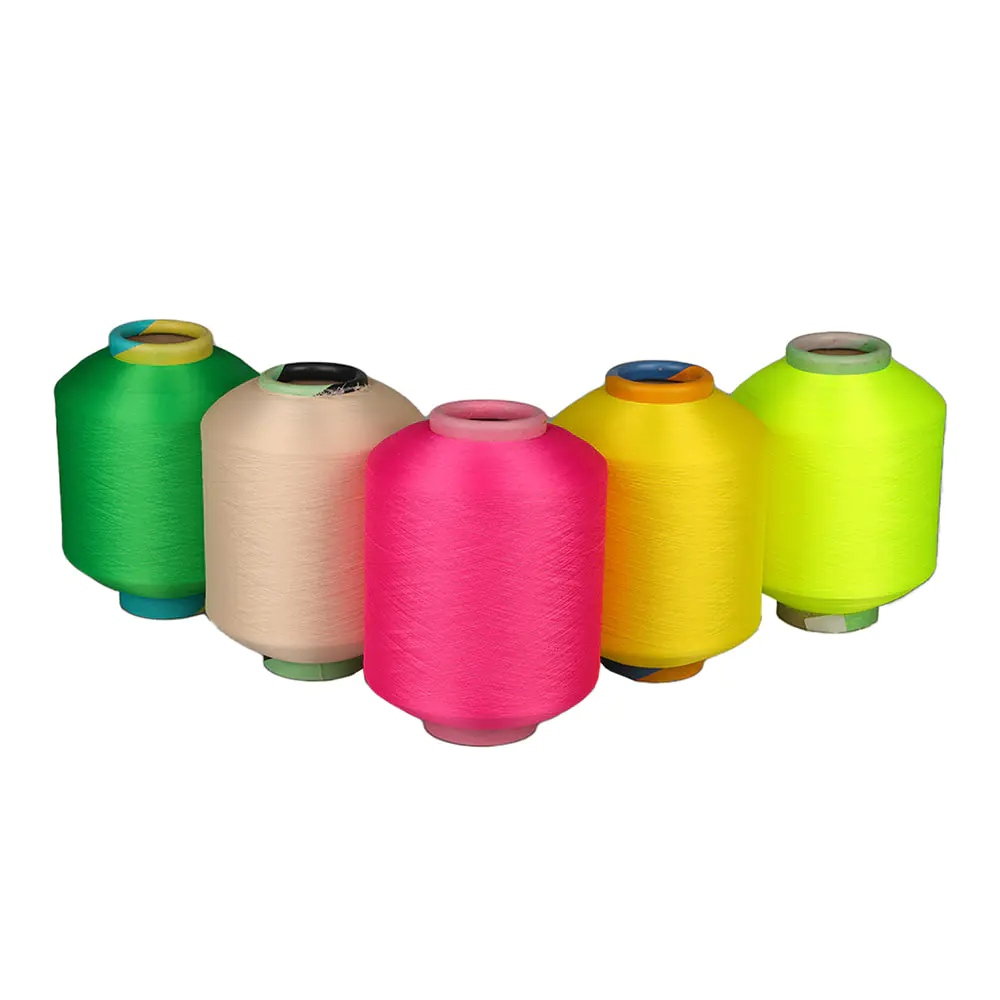

 English
English 中文简体
中文简体 Español
Español